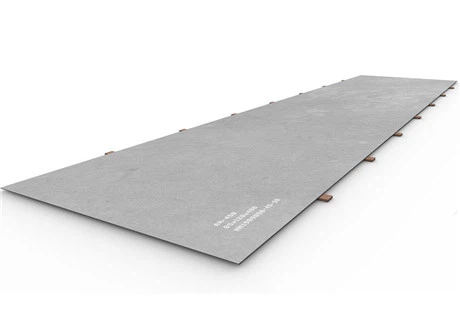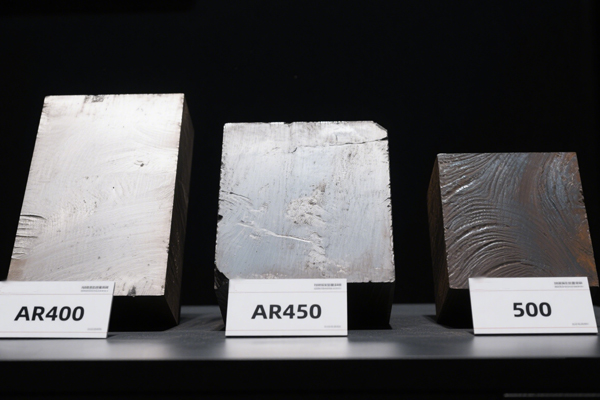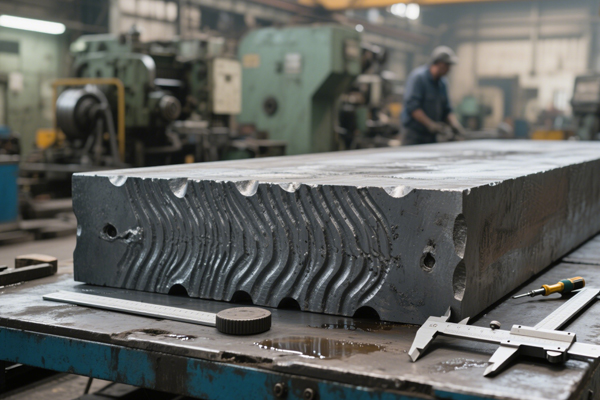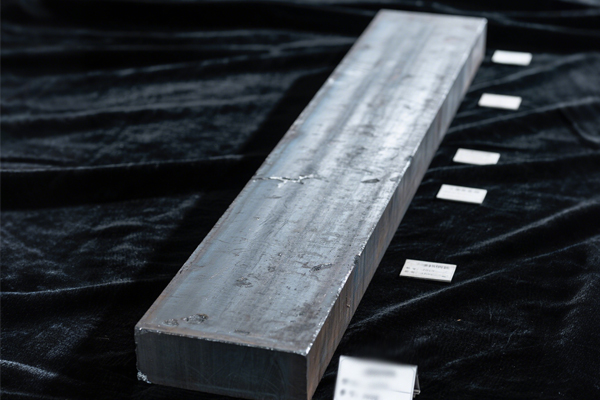Abrasion resistant history
Wear-resistant steel began as a special steel in the second half of the nineteenth century. In 1883, the British had first obtained a patent from R0.A0.Hadfield, which has a history of more than 100 years. High manganese steel is a wear-resistant steel with a high carbon content and a high manganese content. The age-old steel grade, because of its strong work hardening ability when used under the condition of large impact abrasive wear, as well as good toughness and plasticity, and the advantages of easy production process, so it is still currently The largest amount of wear-resistant steel (especially in mining and other departments). In recent decades, the development and application of low and medium alloy wear-resistant steels have developed rapidly. Because these steels have good wear resistance and toughness, the production process is simple, the comprehensive economy is reasonable, and it is suitable for many working conditions. , And welcomed by users. In order to meet the needs of the development of mining and transportation machinery and engineering machinery, the high-hardness wear-resistant steel plates developed in the 1970s and 1980s have been formed and standardized internationally. This type of steel is developed on the basis of low-alloy high-strength weldable steel. They are generally directly quenched and tempered after rolling, or strengthened by controlled rolling and controlled cooling processes, which can save energy and have low alloy element content. , The price is cheaper, but the hardness is high, wear resistance, the process performance is acceptable, because of these advantages, this type of wear-resistant steel plate is very popular with users. Some steel companies in Japan, Britain, the United States and other countries produce such wear-resistant steel.
classification
There are many types of wear-resistant steel, which can be roughly divided into high-manganese steel, medium and low alloy wear-resistant steel, chromium-molybdenum silicon manganese steel, cavitation-resistant steel, wear-resistant steel and special wear-resistant steel. Some general alloy steels such as stainless steel, bearing steel, alloy tool steel, etc. are also used as wear-resistant steel under specific conditions. Due to their convenient source and excellent performance, they also occupy a certain proportion in the use of wear-resistant steel .
Medium and low alloy wear-resistant steel The chemical elements usually contained in such steels are silicon, manganese, chromium, molybdenum, vanadium, tungsten, nickel, titanium, boron, copper, rare earth and so on. The lining plates of many large and medium-sized ball mills in the United States are made of chromium molybdenum silicon manganese or chromium molybdenum steel. The chemical composition is shown in Table 1. Most grinding balls in the United States are made of medium and high carbon chromium-molybdenum steel. The chemical composition, heat treatment and hardness are shown in Table 2. Workpieces that work under abrasive conditions with higher temperatures (such as 200 to 500°C) or whose surfaces are subjected to higher temperatures due to frictional heat can be alloyed with chromium molybdenum vanadium, chromium molybdenum vanadium nickel, or chromium molybdenum vanadium tungsten. Grinding steel, this kind of steel has a secondary hardening effect after tempering at medium or high temperature. Table 3 lists the chemical composition and application scope of silicon manganese, chromium manganese silicon molybdenum, chromium manganese molybdenum low and medium alloy wear-resistant steel used in the manufacture of ball mill lining plates in China.






